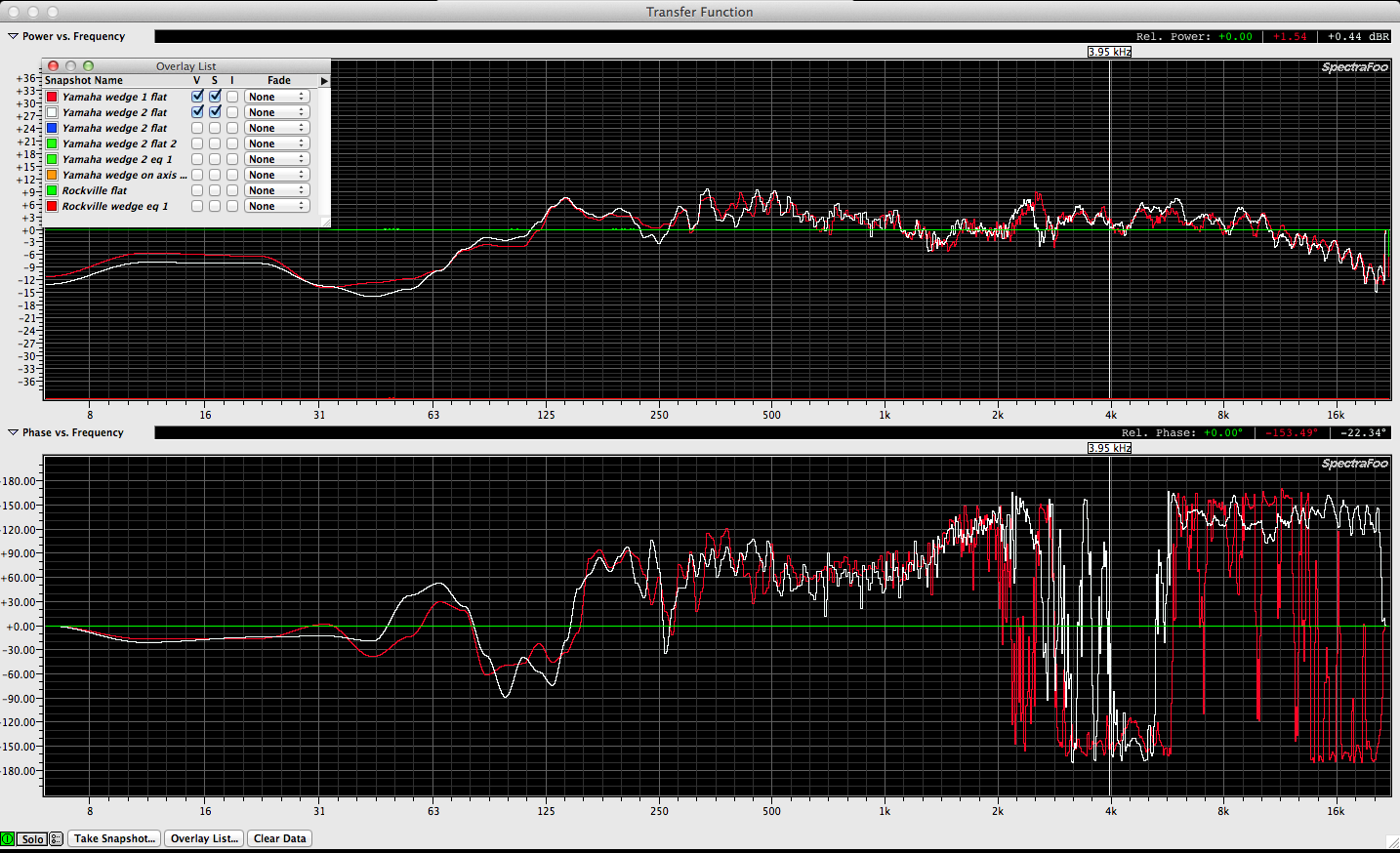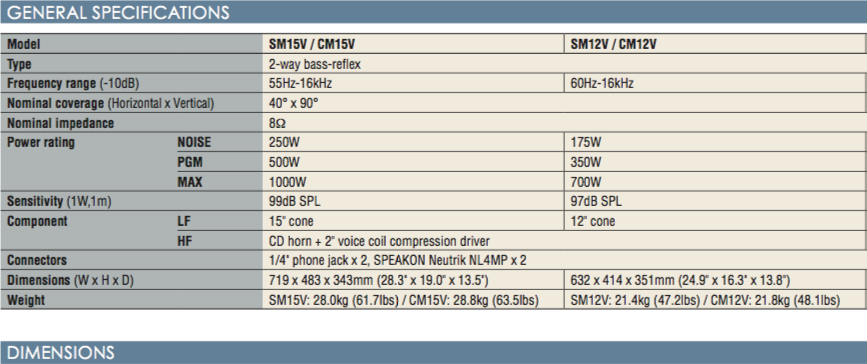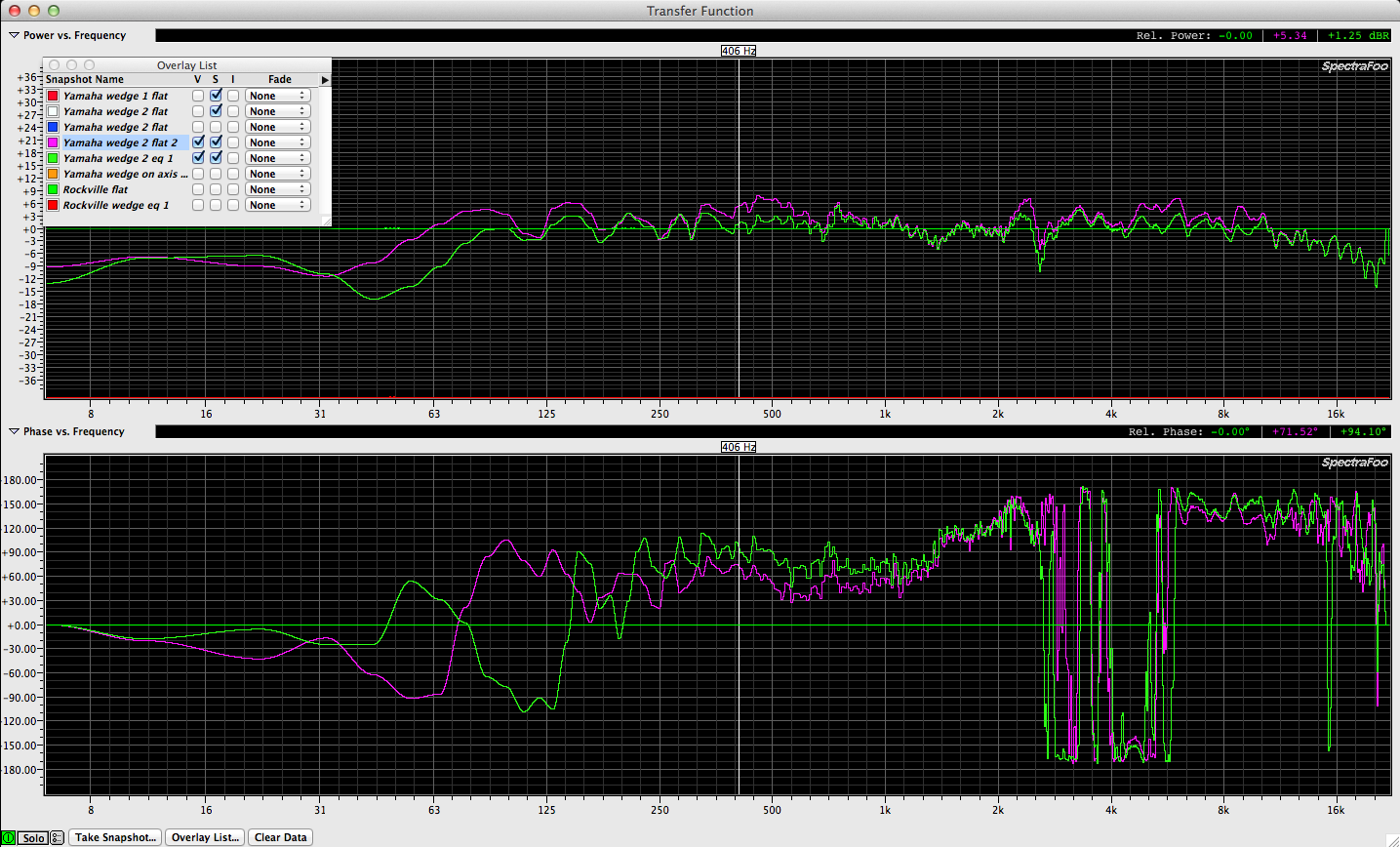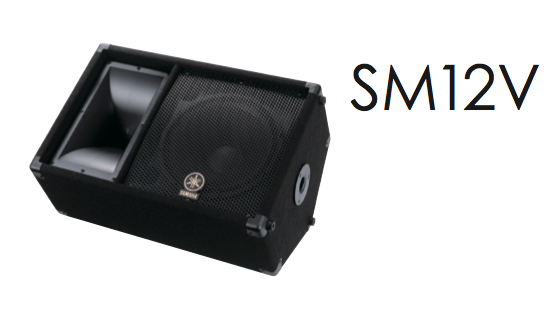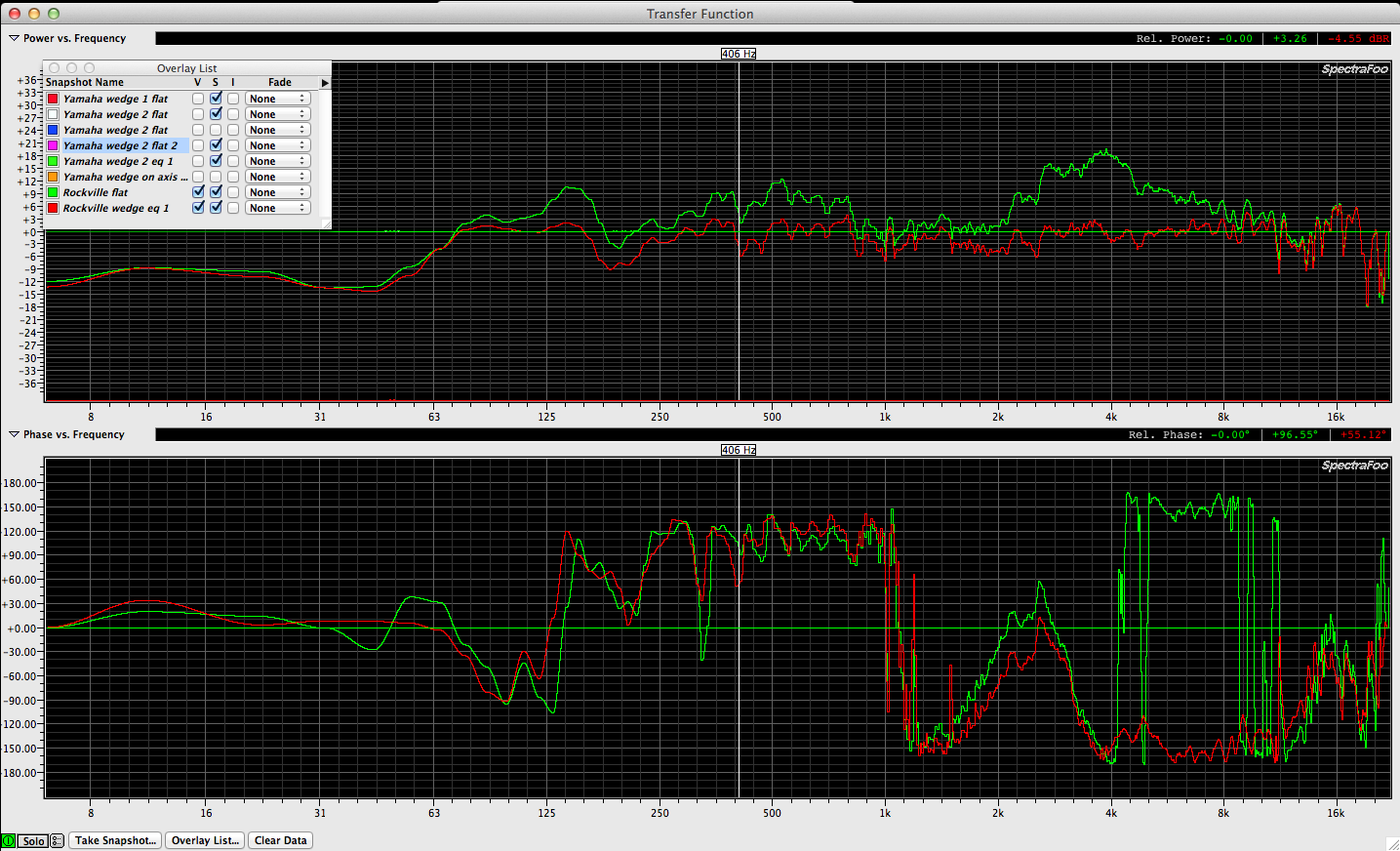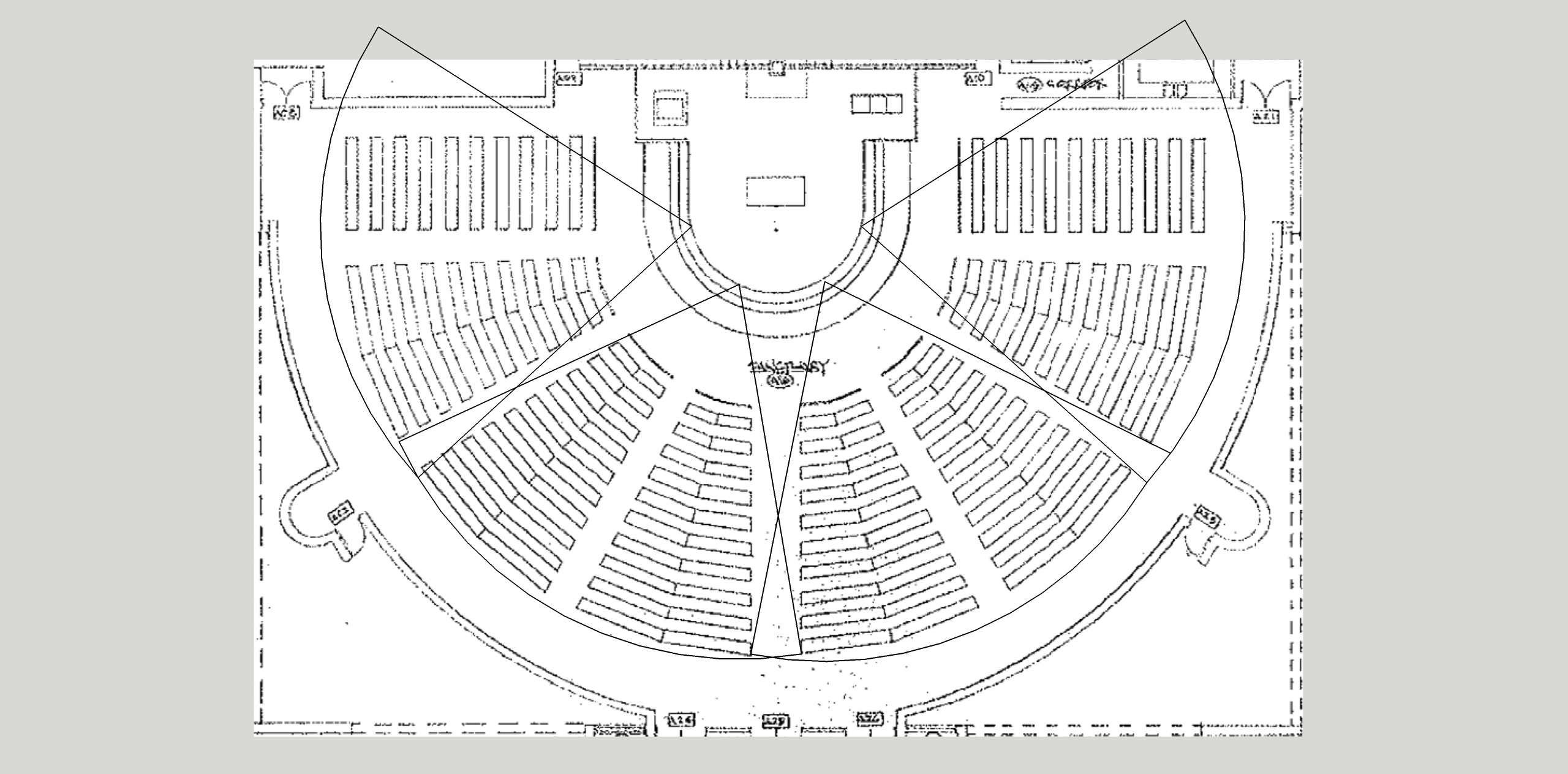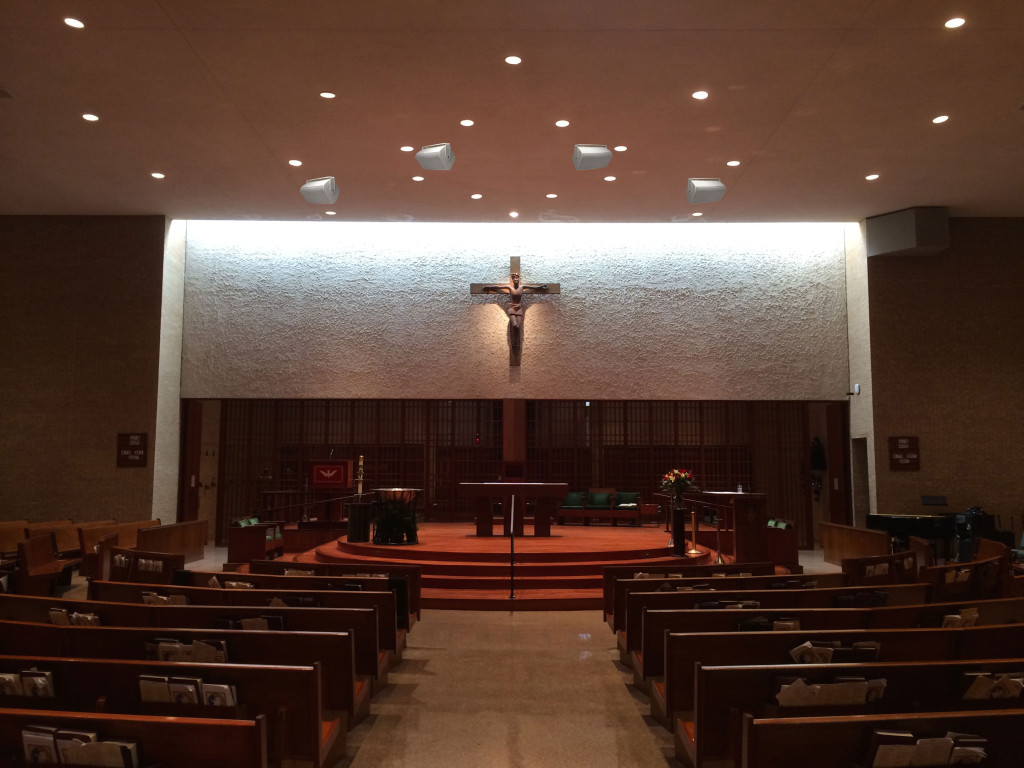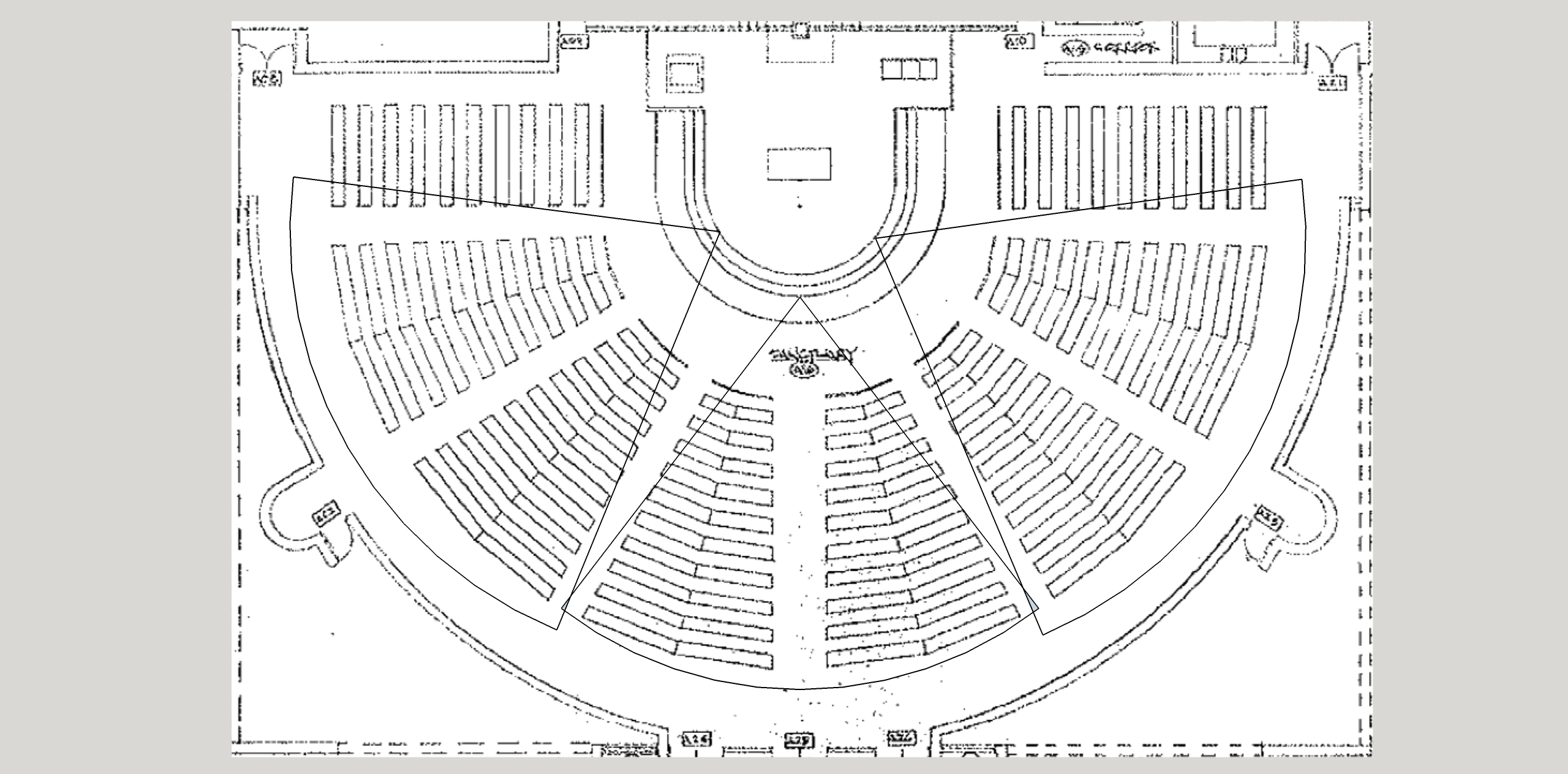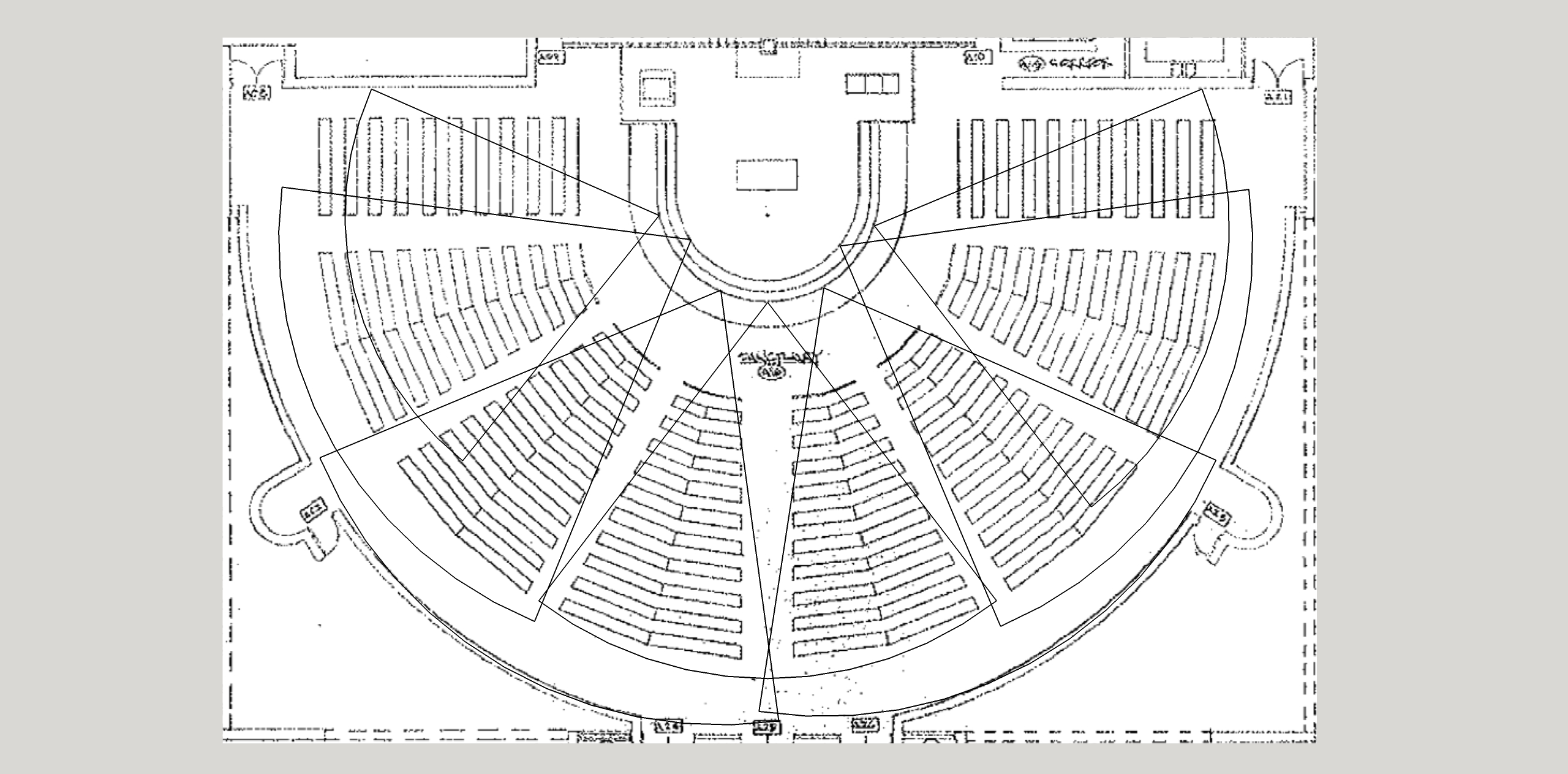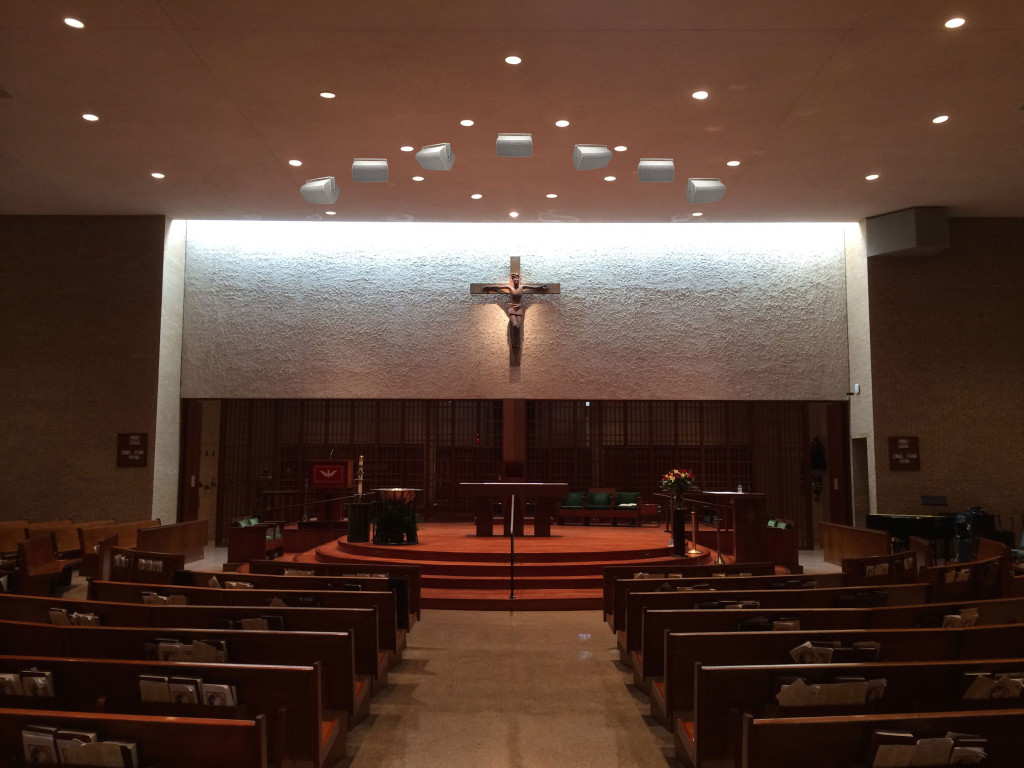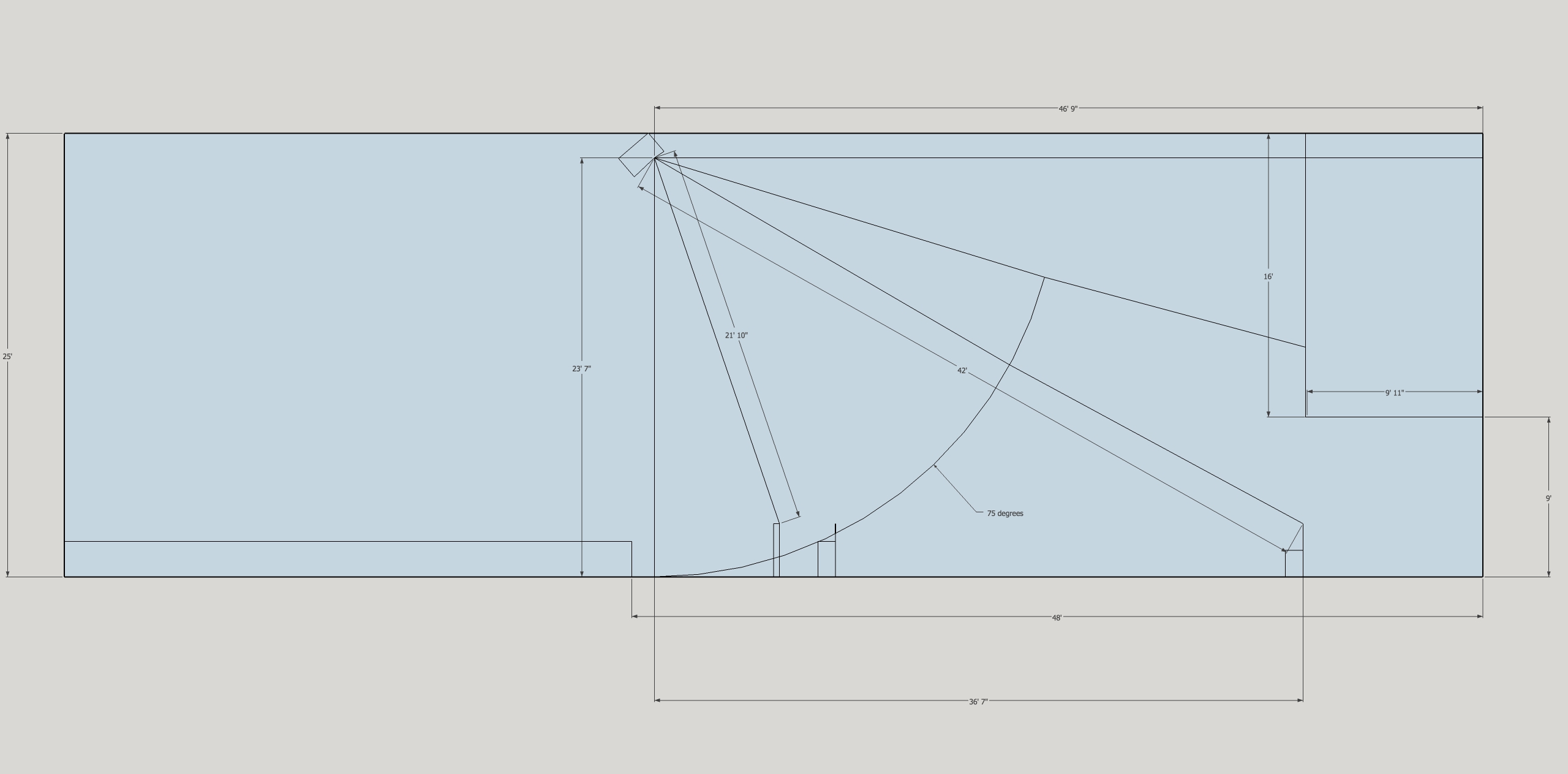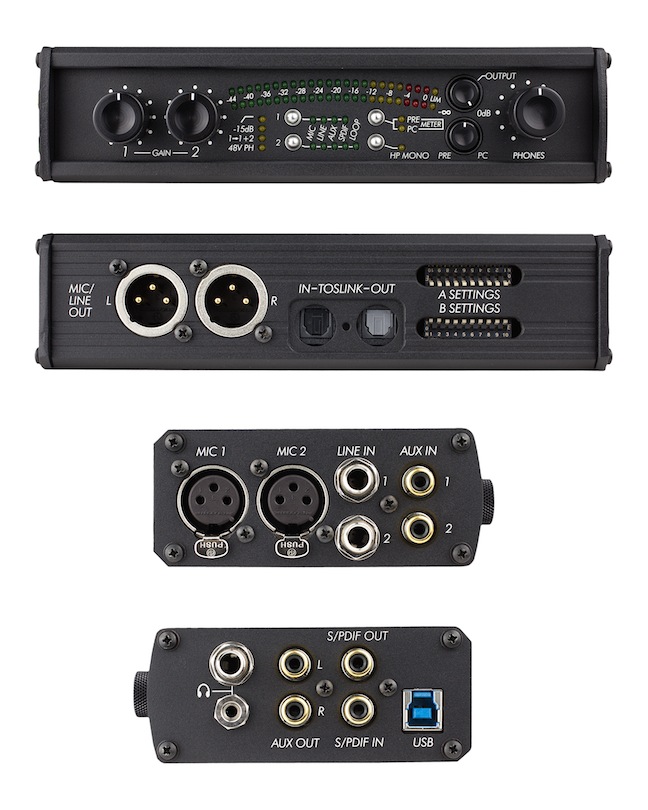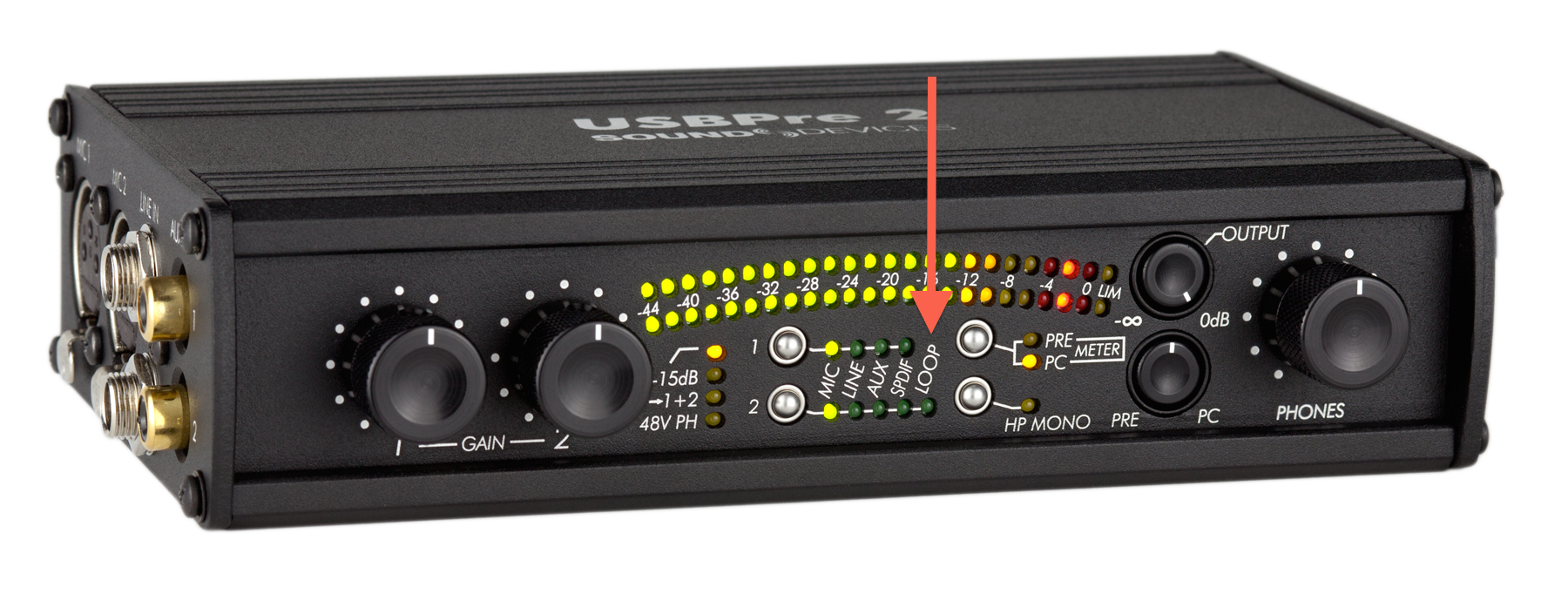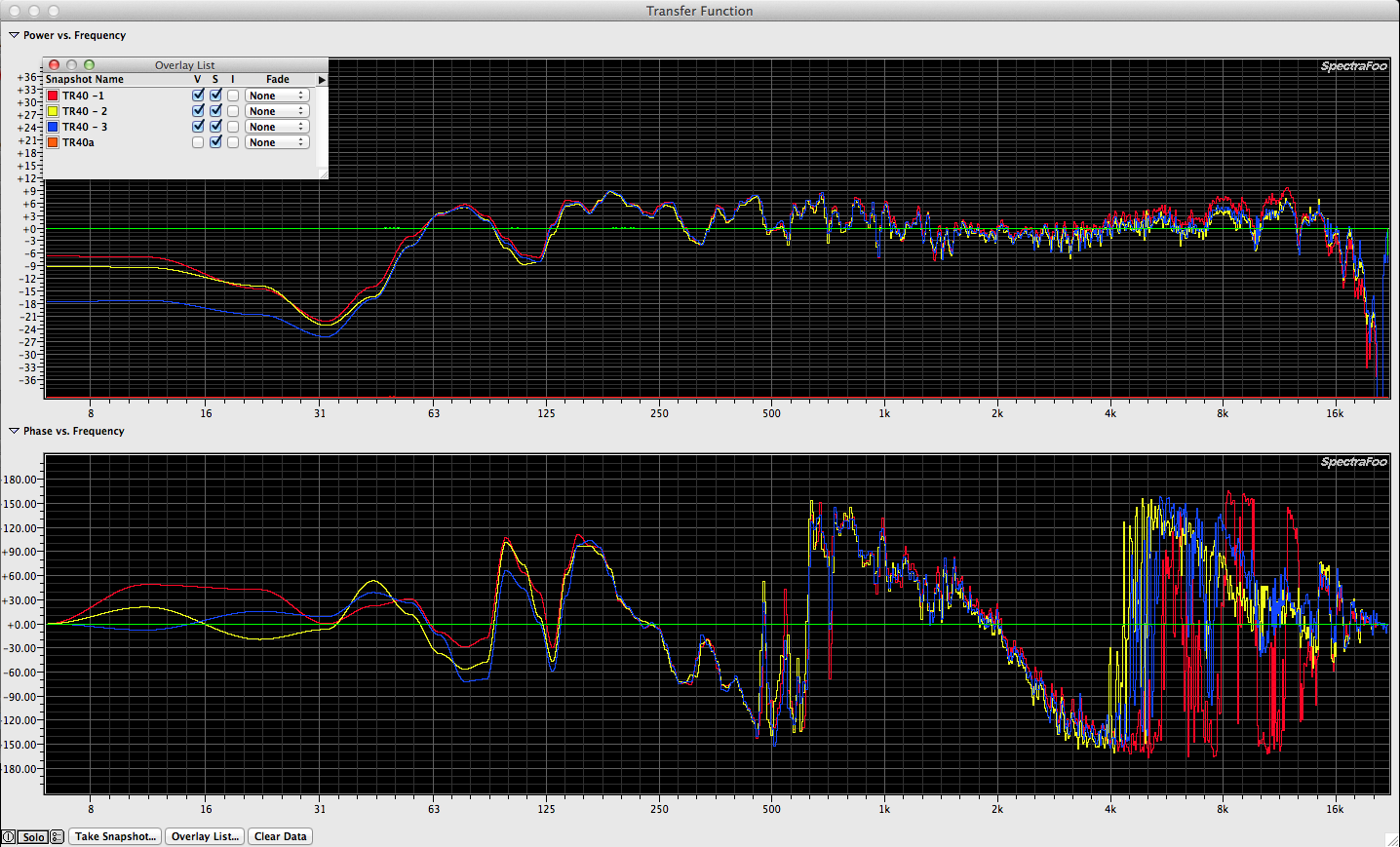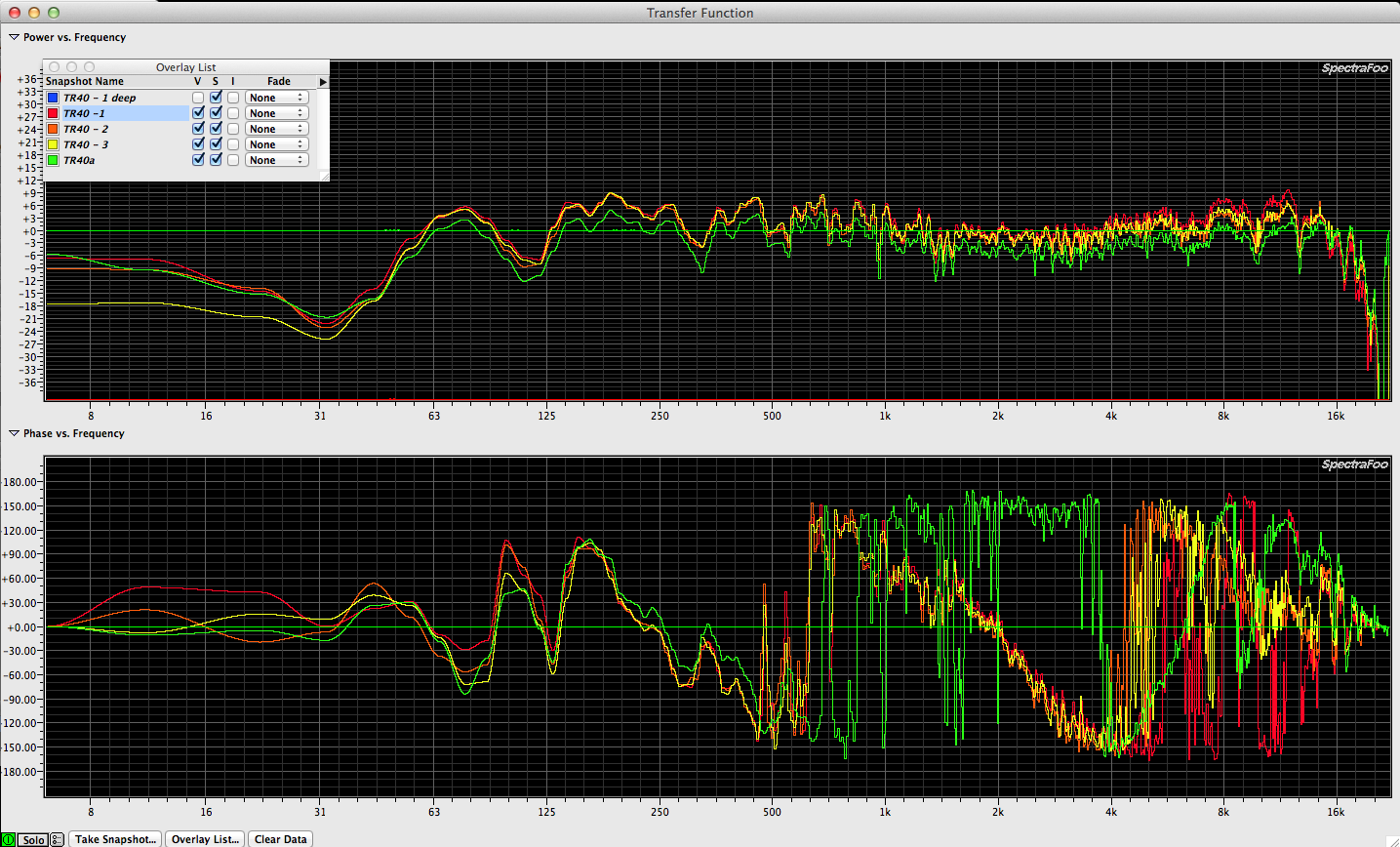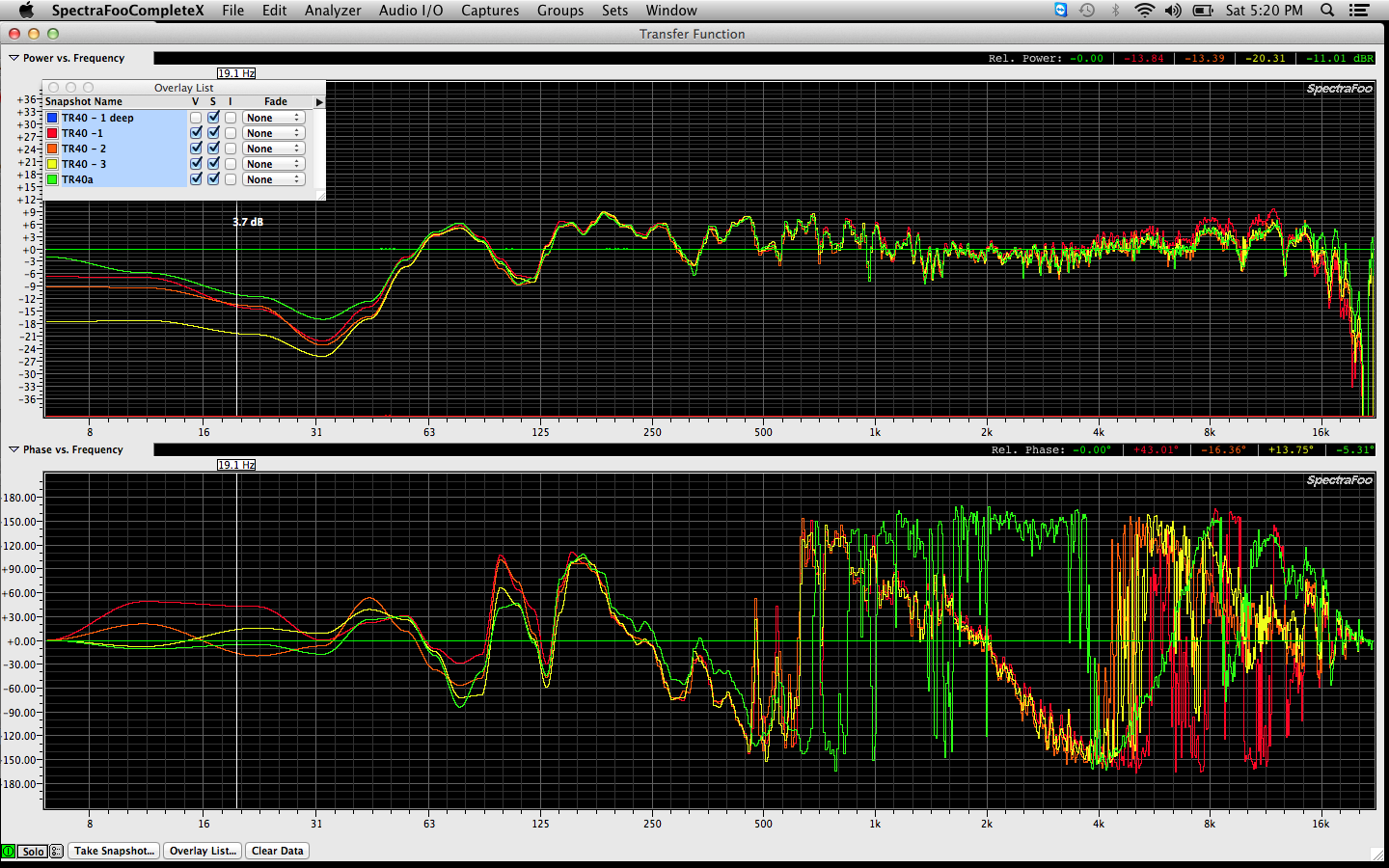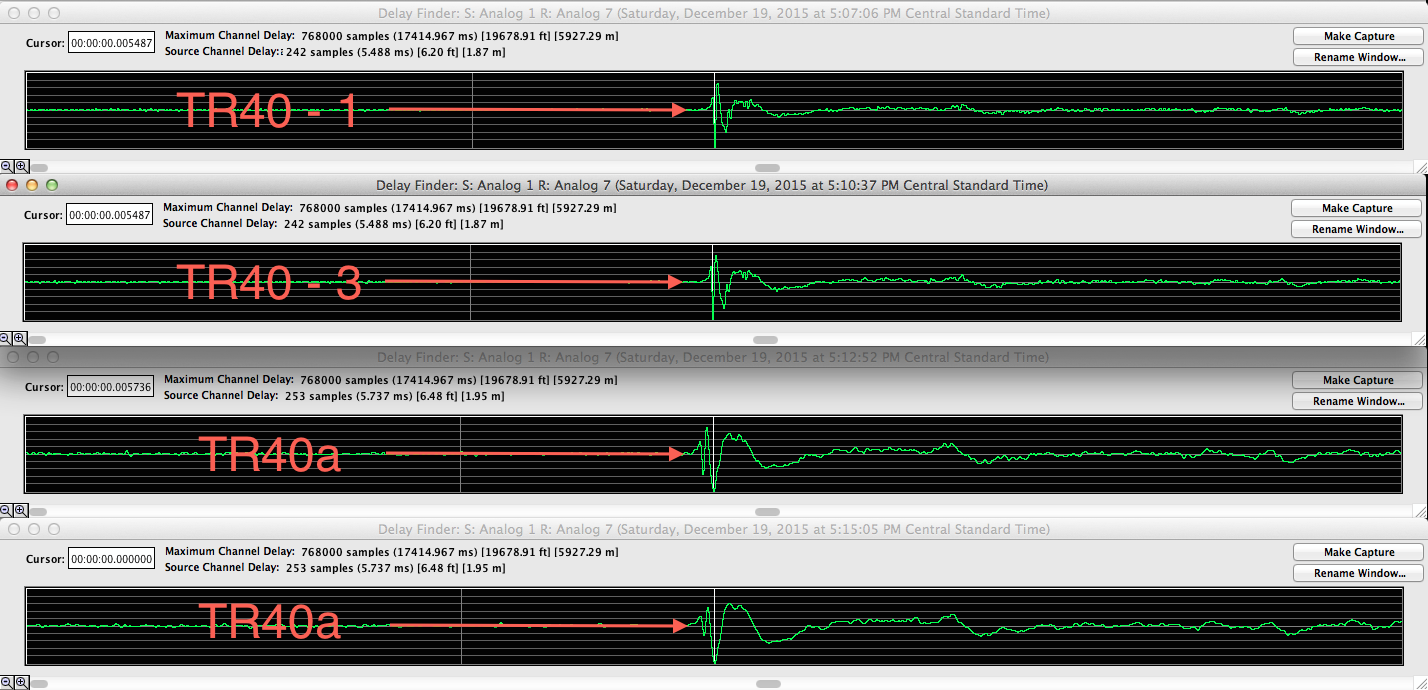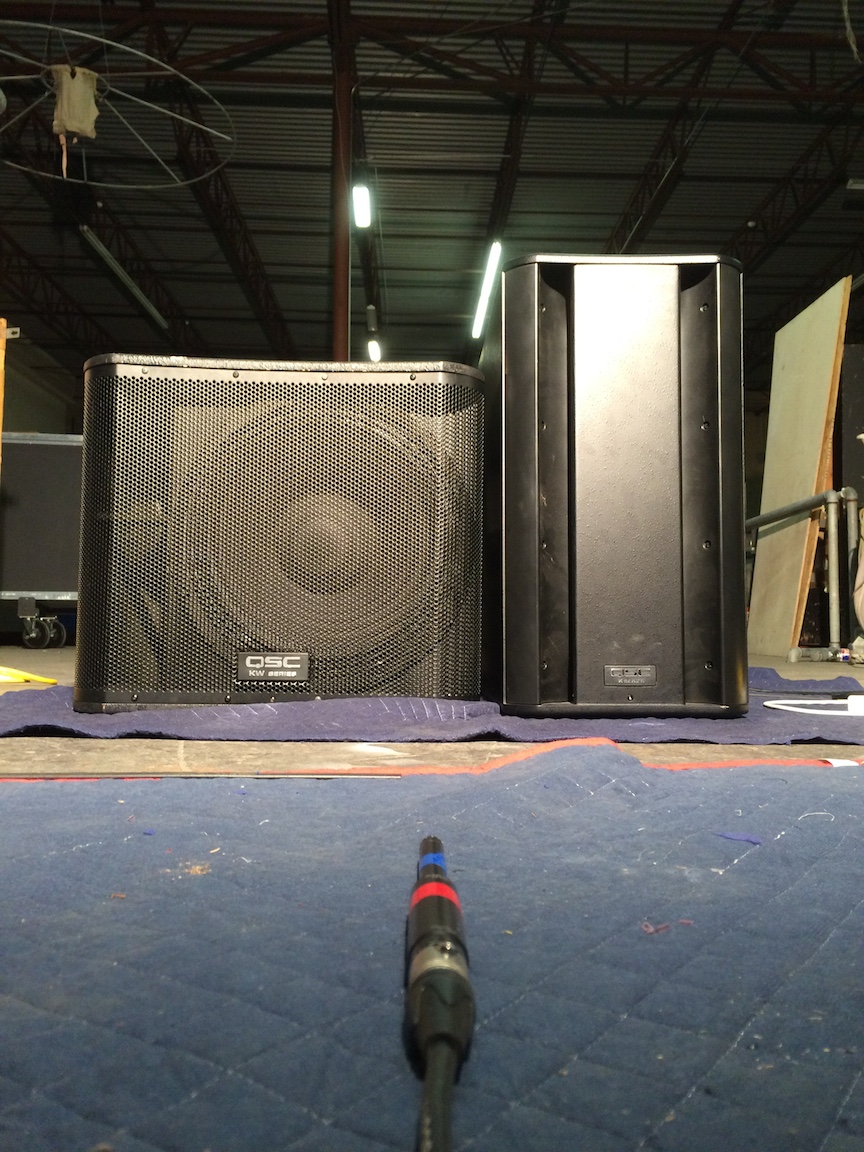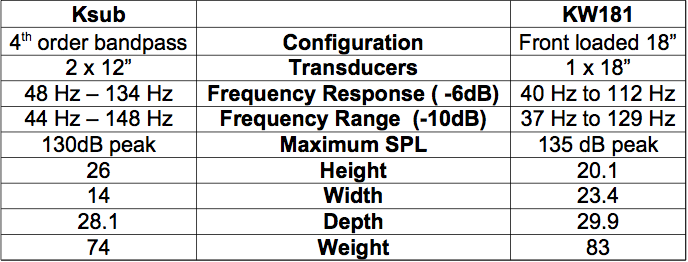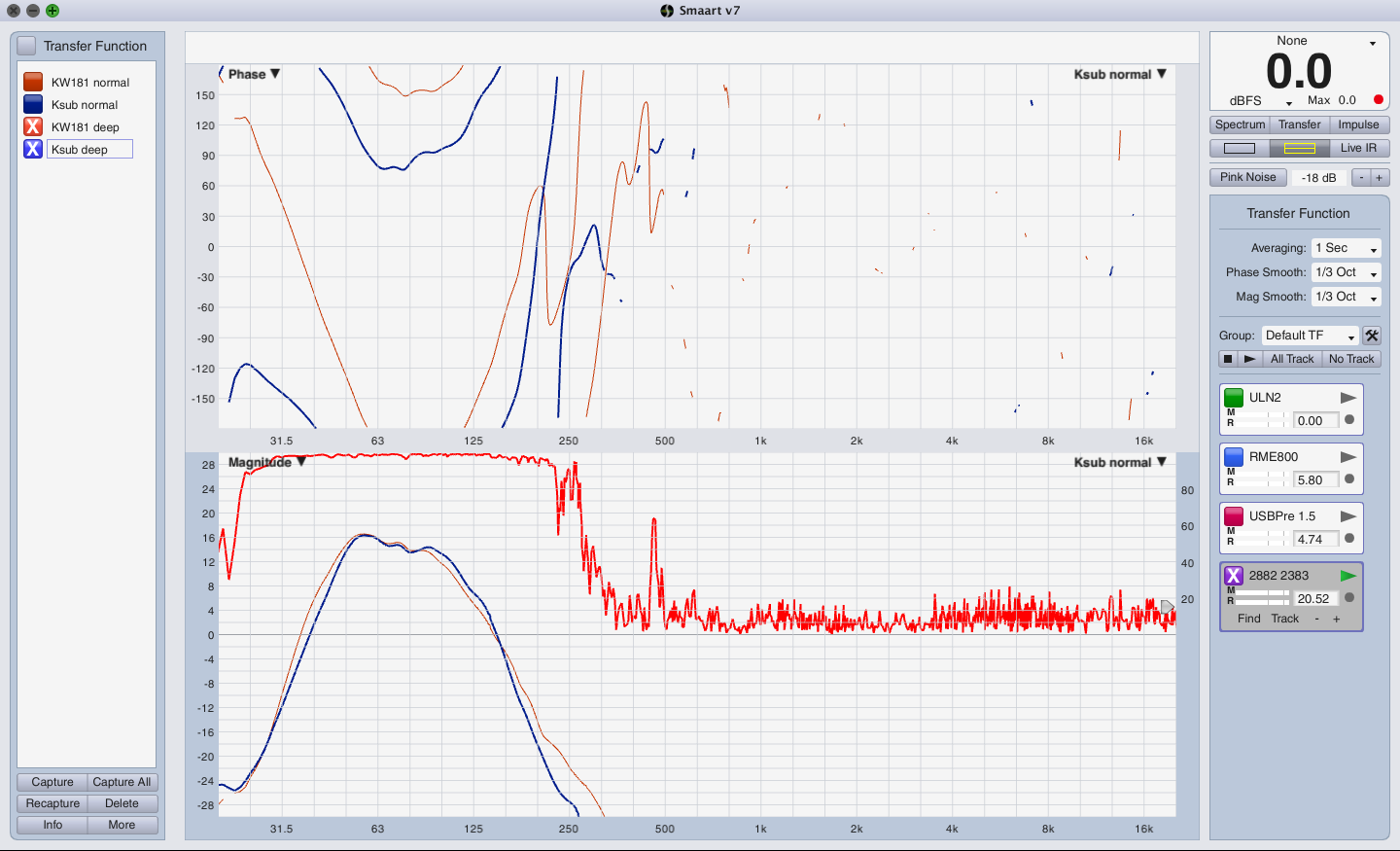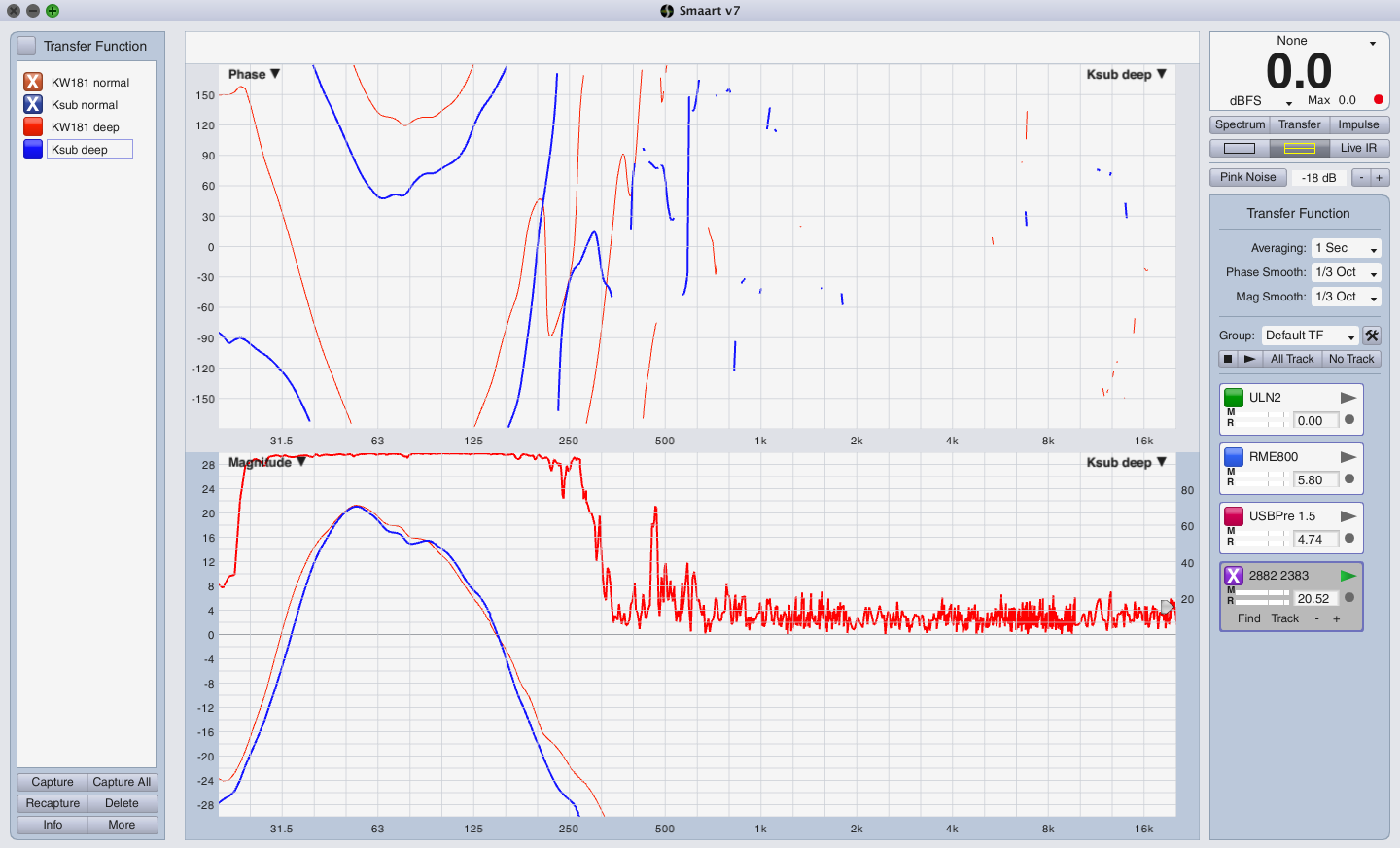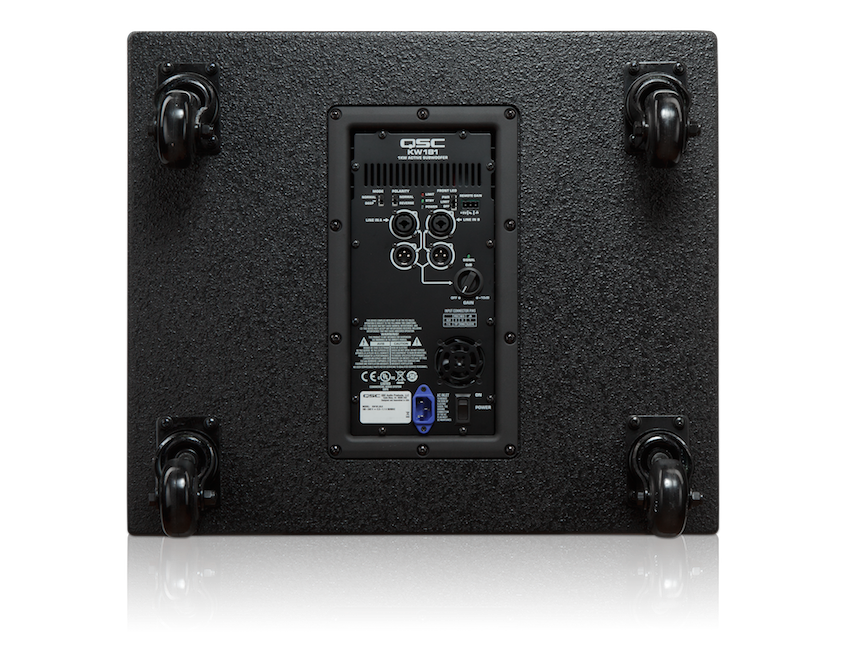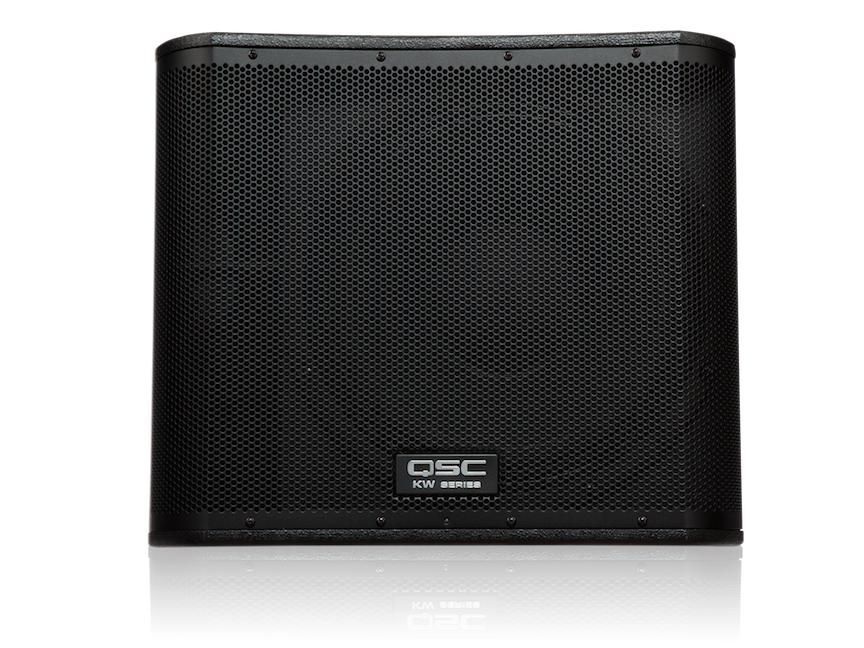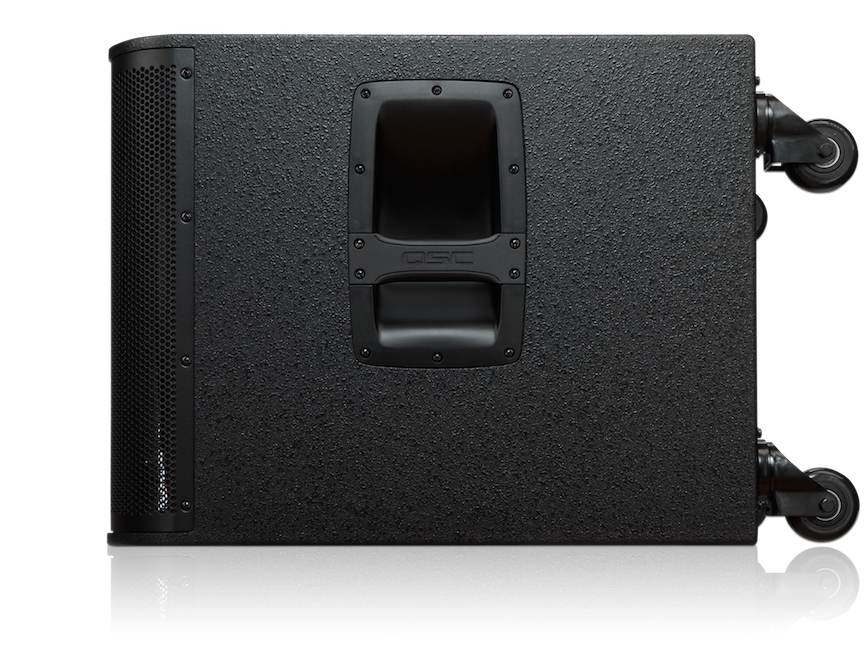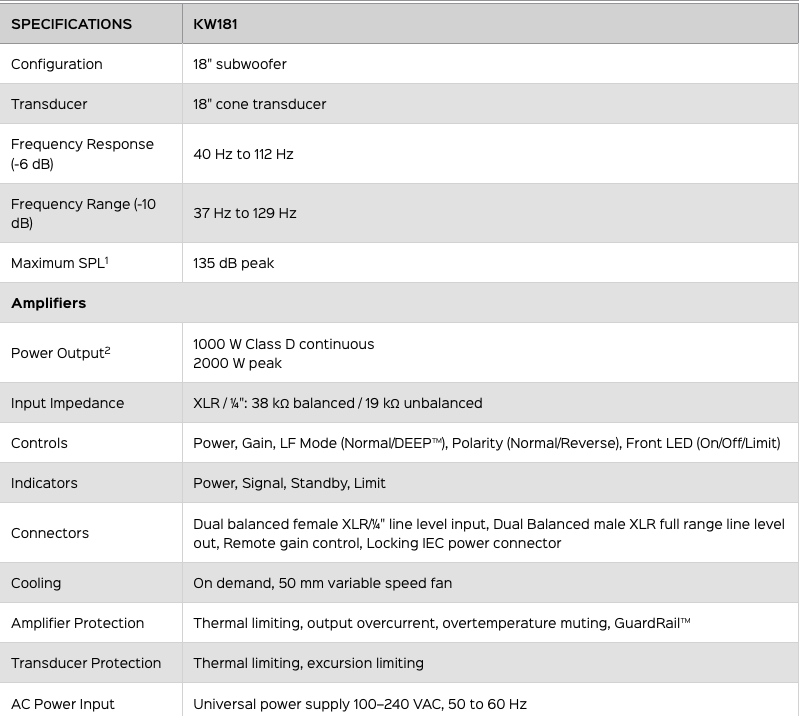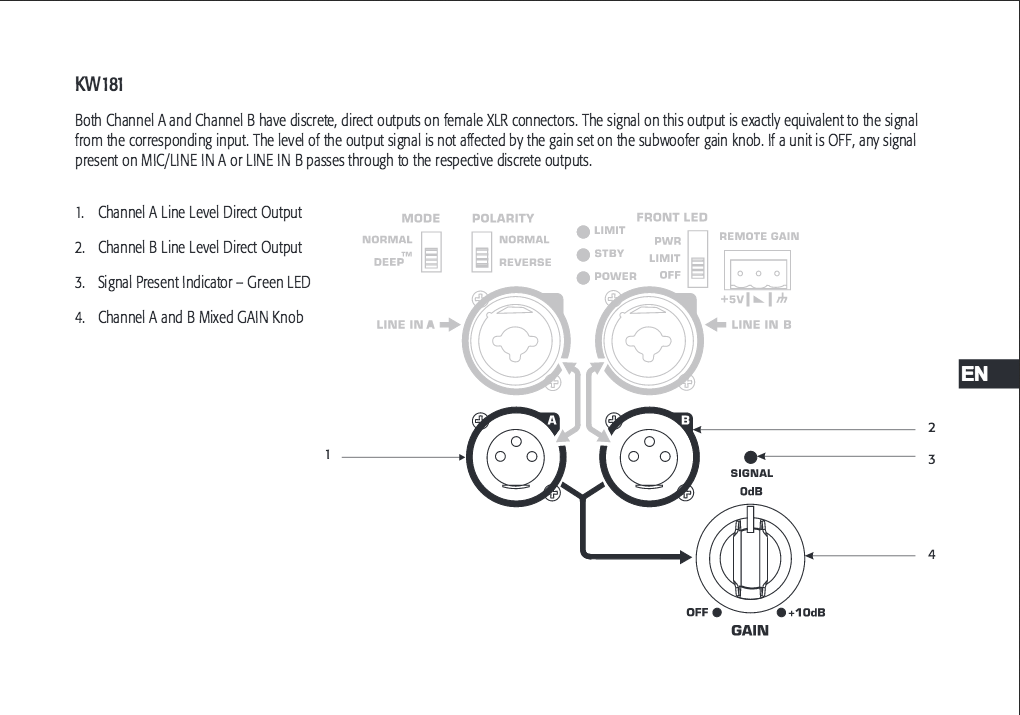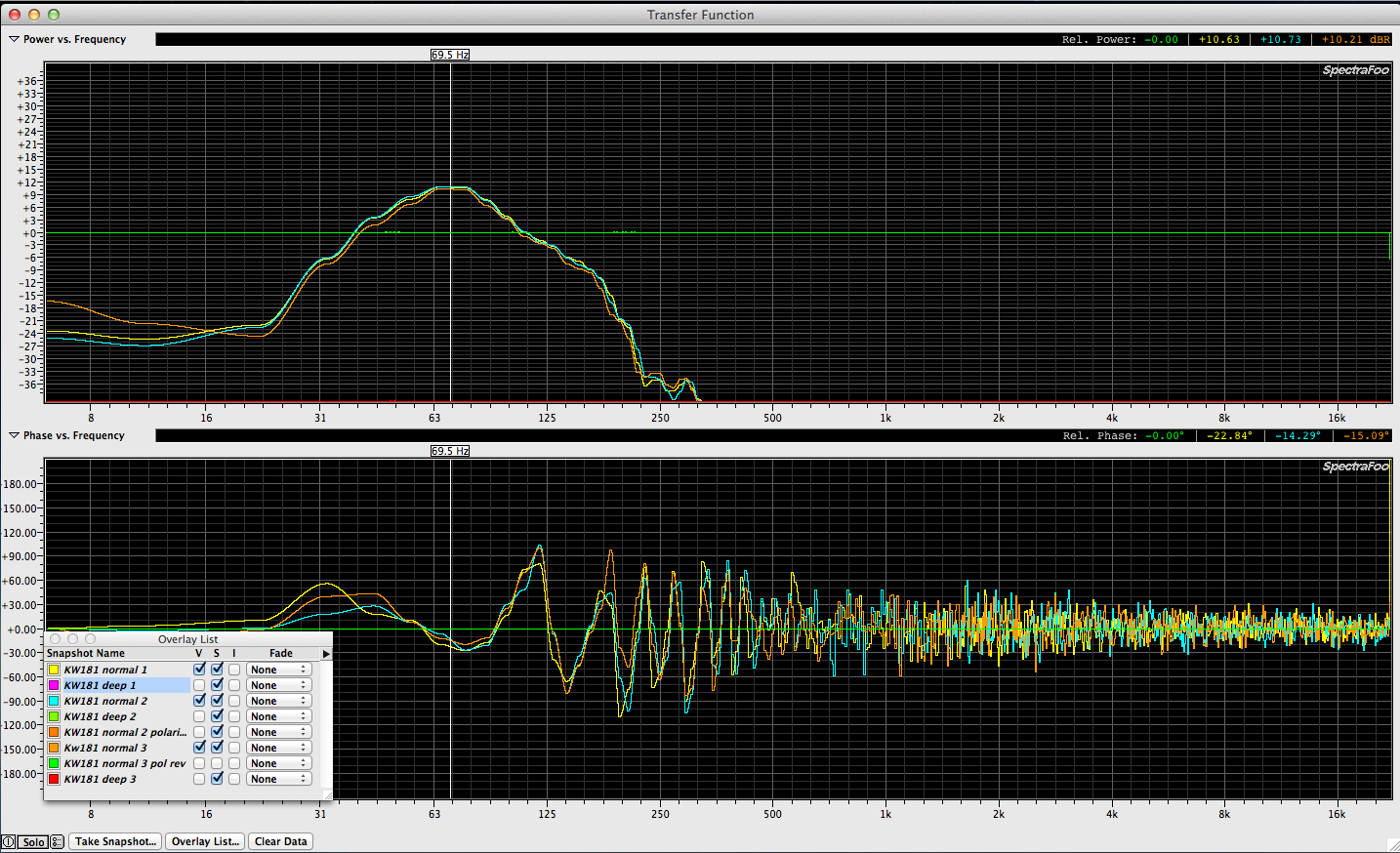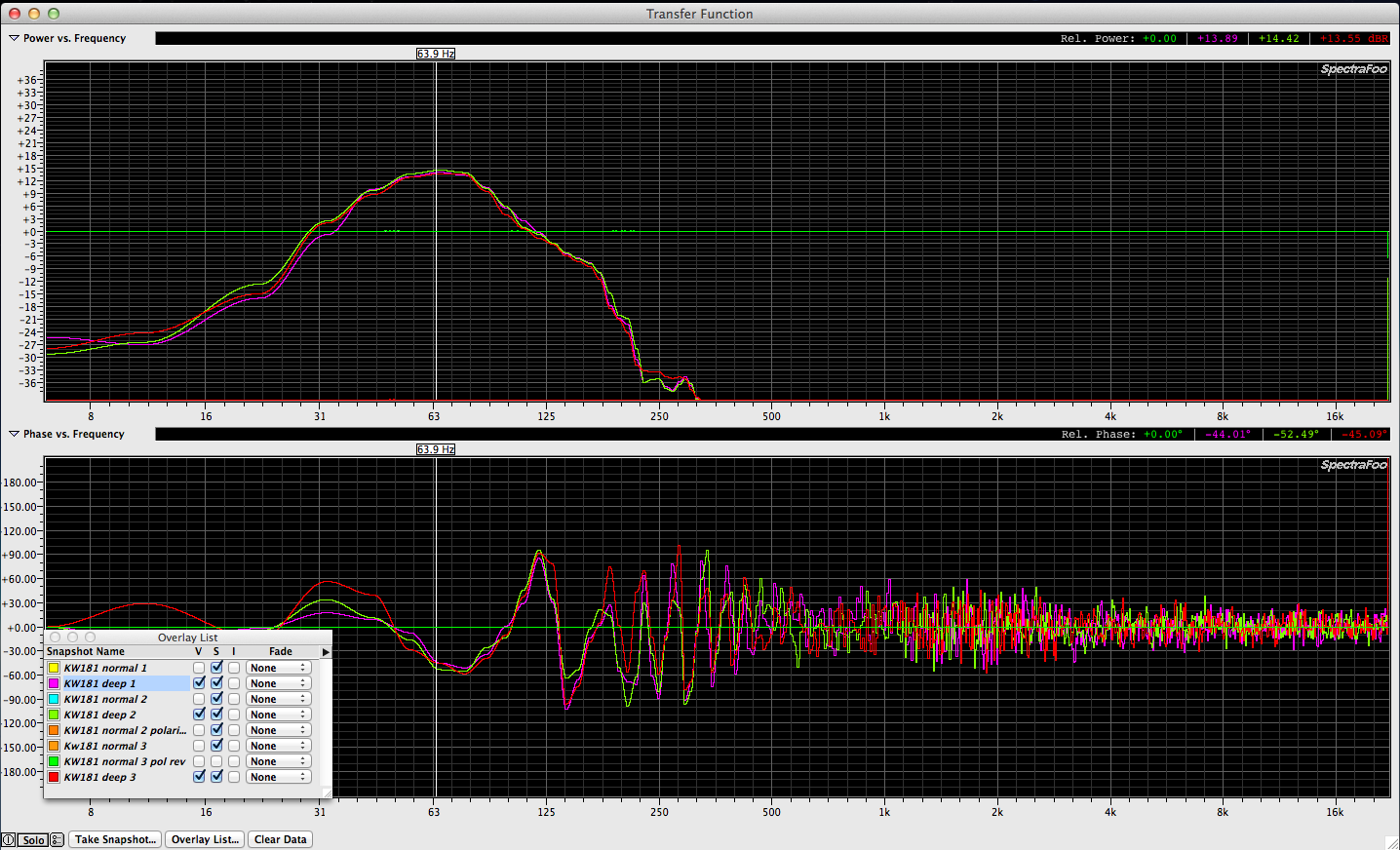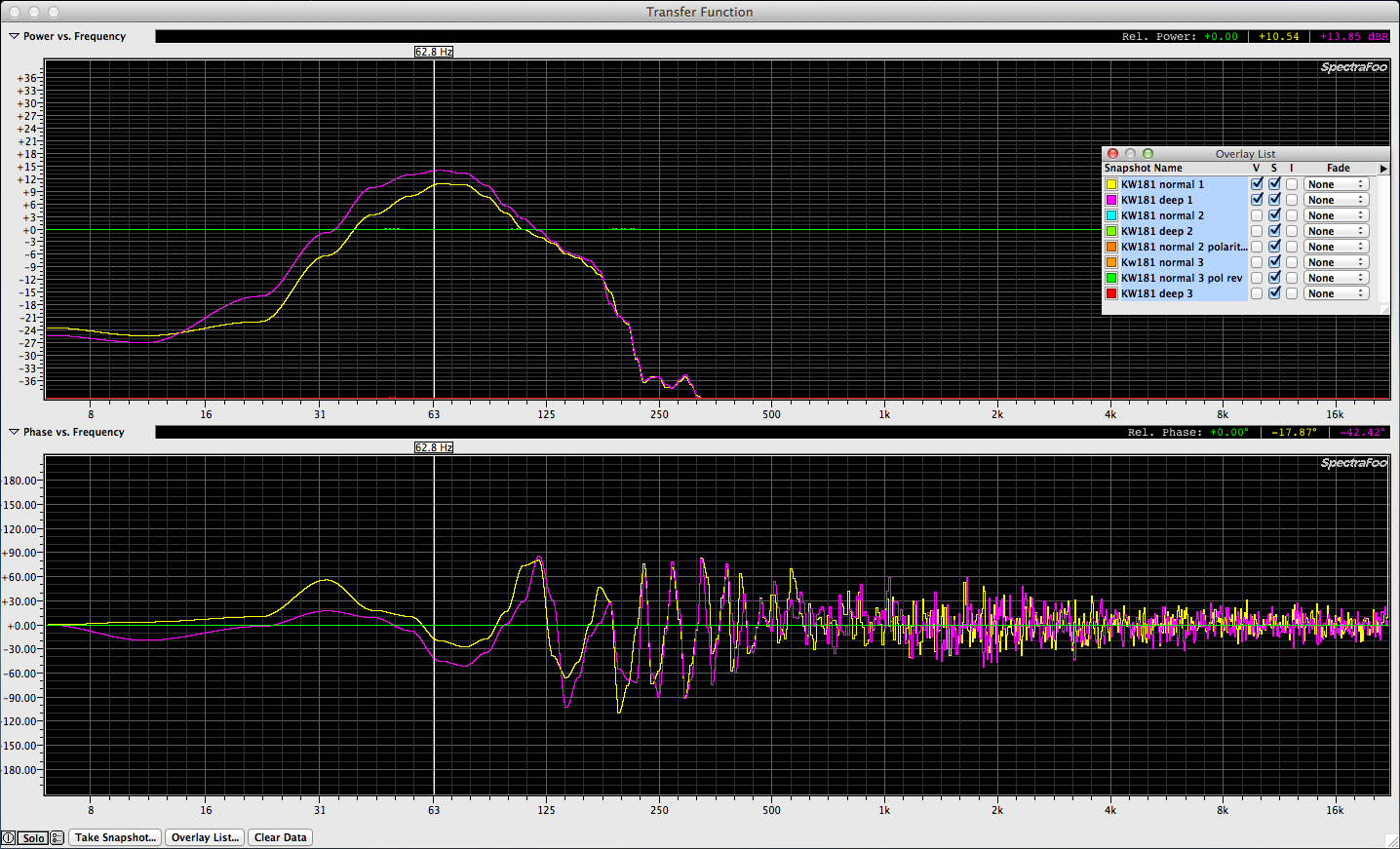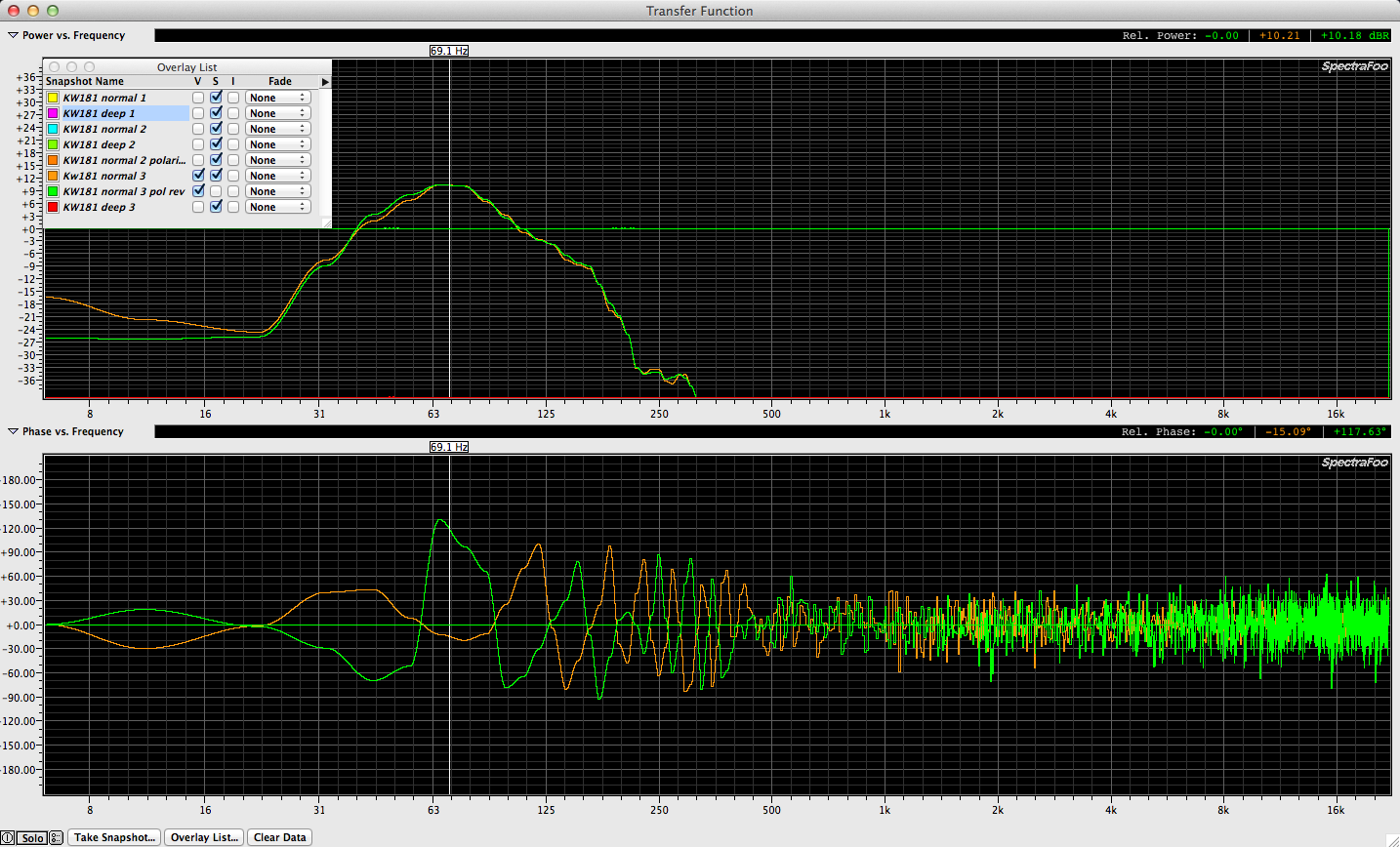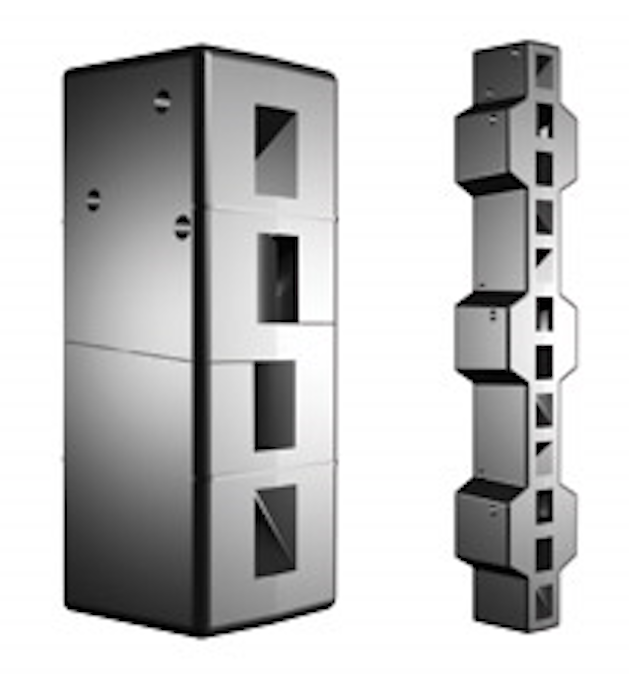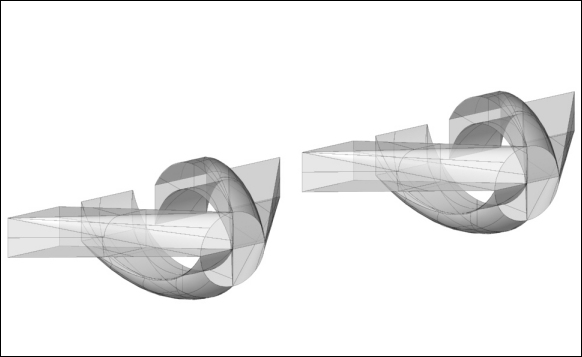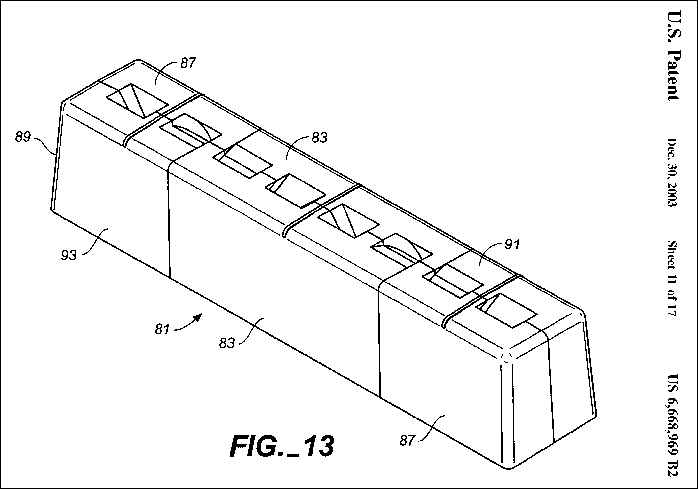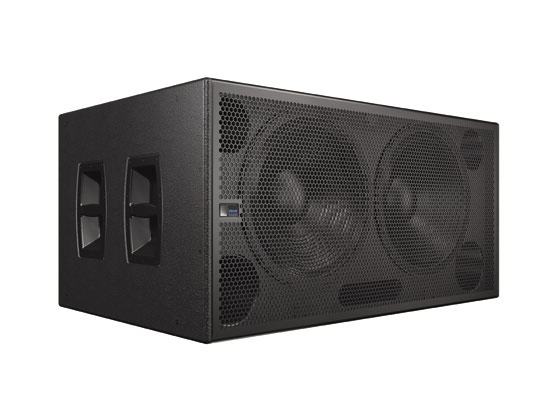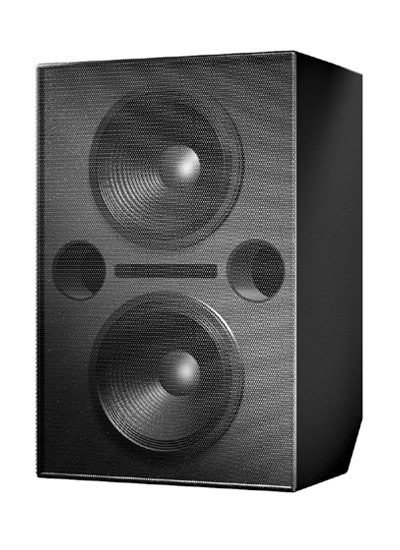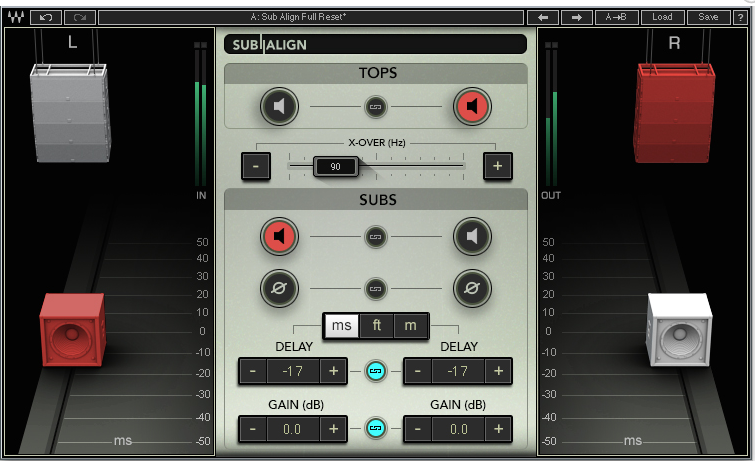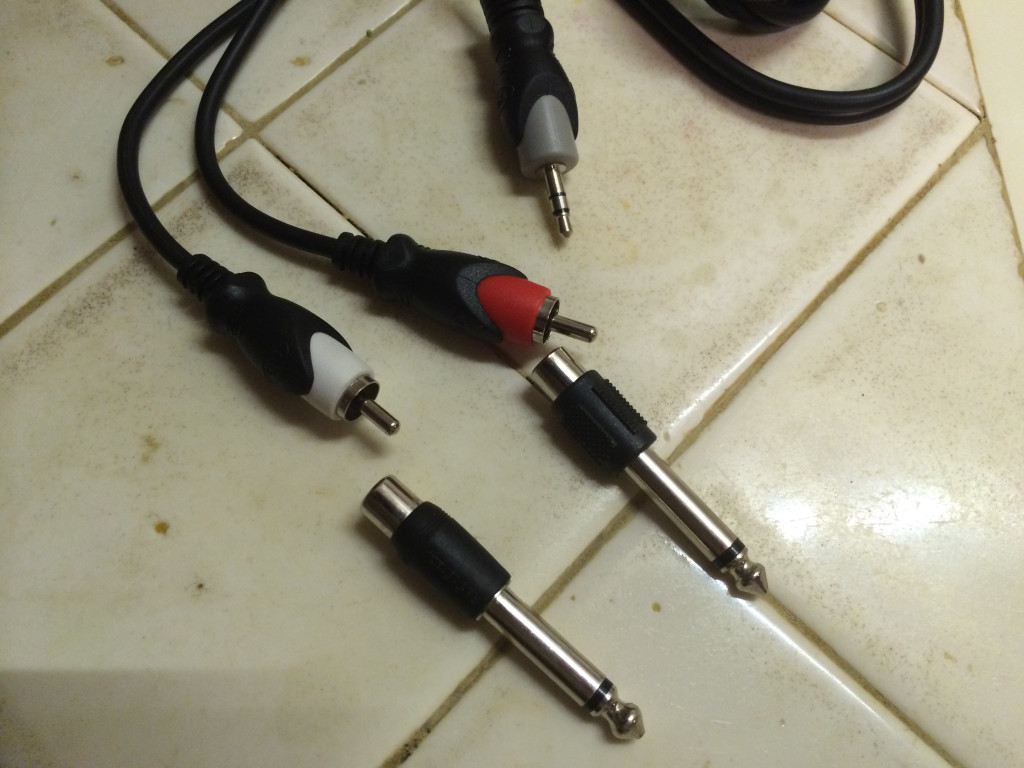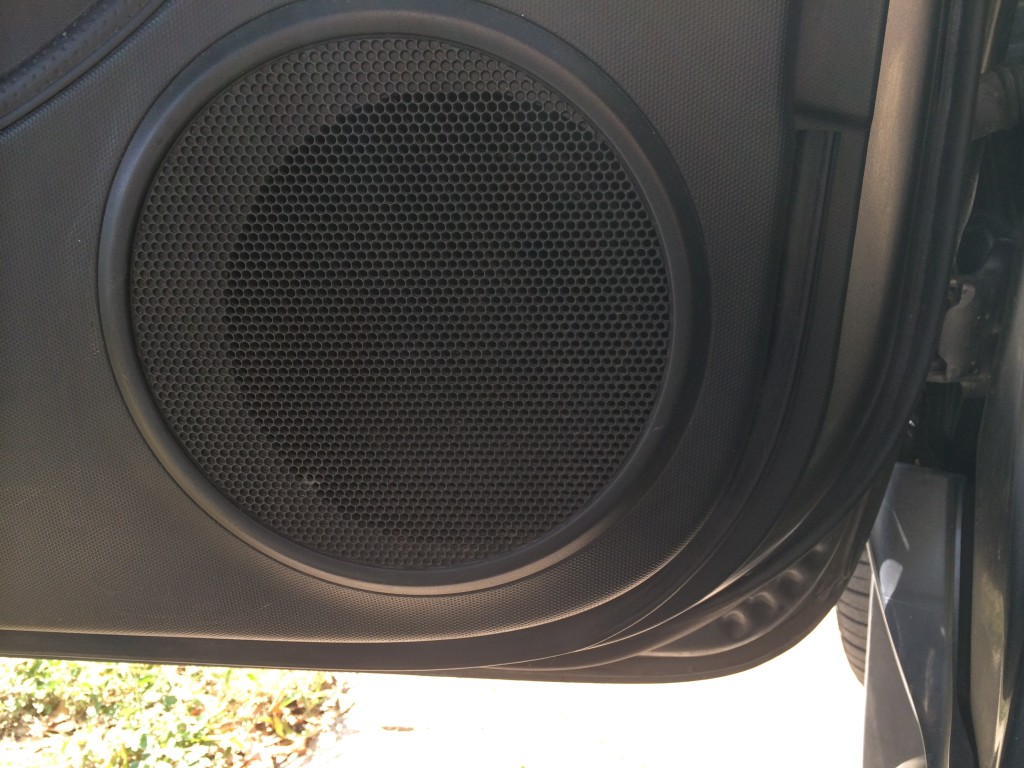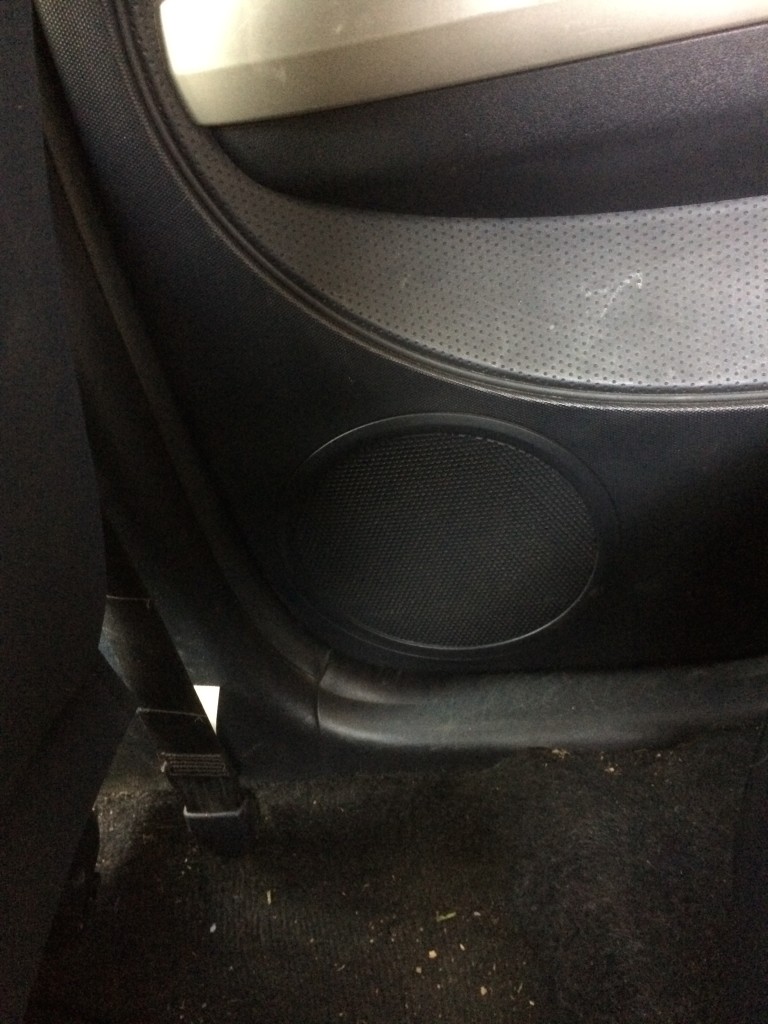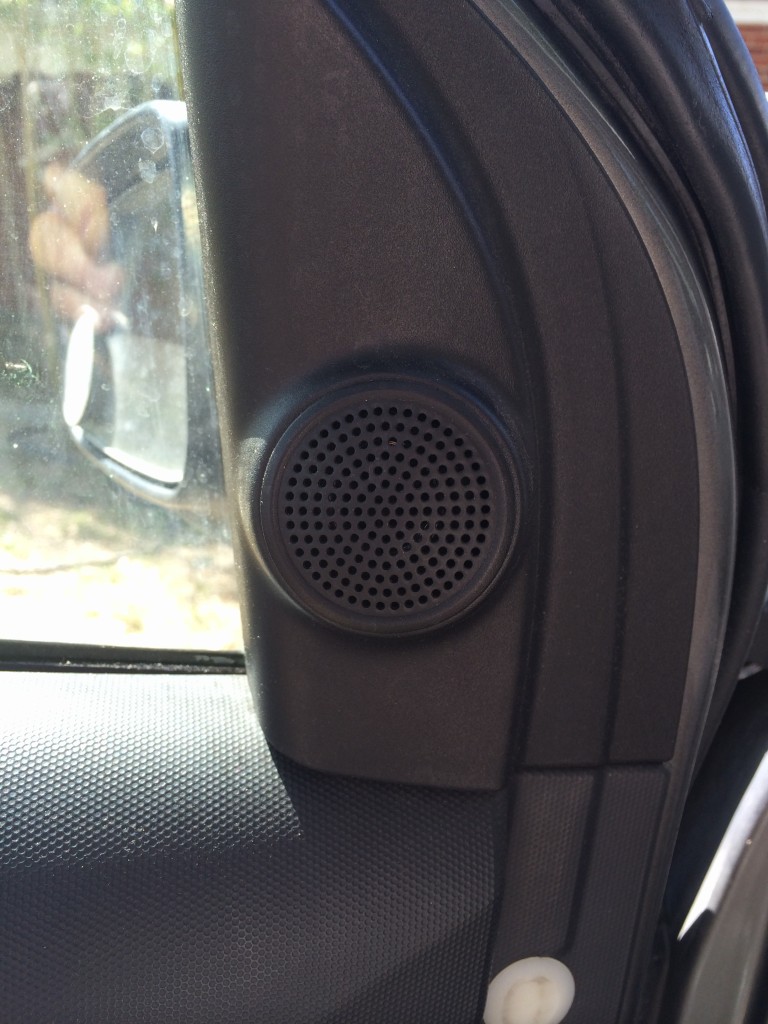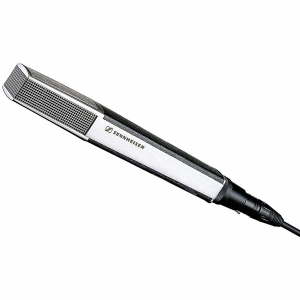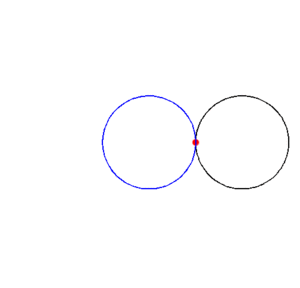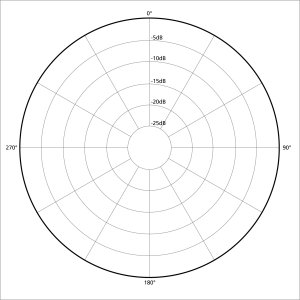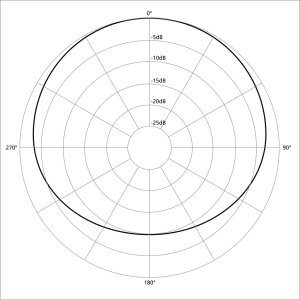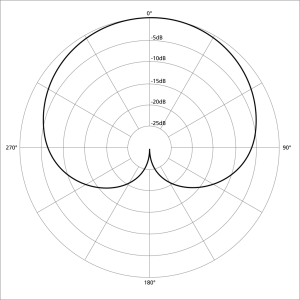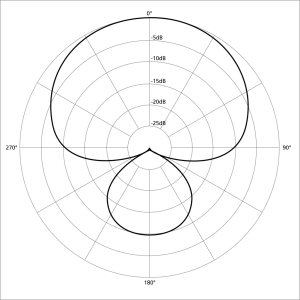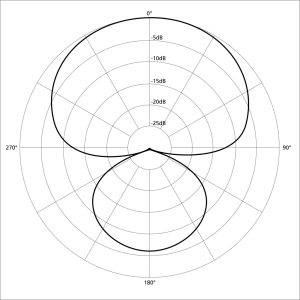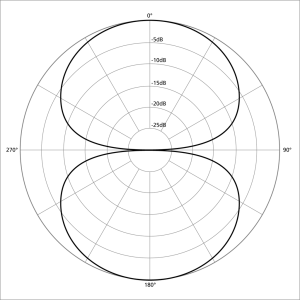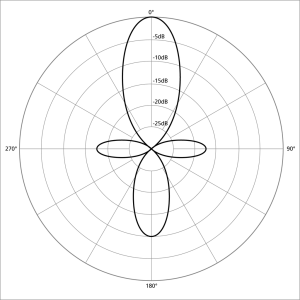A friend of mine just purchased a used pair of reference monitors for his home studio. In trying to help him make sure they worked before he made the purchase I realized that having a matched pair of something is a fairly handy situation.
If you have a matched pair of measurement mics, you can use them to verify each other and therefore any other mic or speaker.
This is not possible with single mics. Even when dealing with the same brand and model of microphone, you should expect there to be differences in sensitivity and frequency response. There is zero motivation for a company to worry about tight tolerances if no one is willing to pay for consistency. For example, paying $100 (or less) for a measurement mic is a gamble and the odds of randomly finding two that match is probably on par with securing a winning lottery ticket. Obviously your odds are much better once your budget allows for purchasing a mic that comes with a custom frequency response and sensitivity value document but even then, there is nothing inherent to the industry that guarantees that if you purchase single mics and you don’t specifically arrange and / or pay for matched mics, you’re getting a matched pair. This is why matched pairs typically cost more and are available only through high end companies. Because someone has to go to the trouble of hand sorting an matching mics. My recommendation is to work toward having a matched set of measurement mics.
Regarding matched pairs / sets, the same is true of speakers. If you compare two of the same brand and model of speaker made at the same time and they haven’t been modified or repaired, you could expect them to match. Loudspeakers produced by companies with a good reputation are going to be fairly consistent but may change the design over time so there is no guarantee a new one will match an old one. This could be due to a design change, a part that is no longer available, etc.. Consequently your best bet is to buy the amount you need at the same time. In the pro audio industry, an industry standard for many years was the EAW KF850. Many different versions of the KF850 were released and so unless you purchased them all at the same time, there is no telling what is inside the box at a driver / crossover level. If you have known speakers born at the same time and you need to test them, you can use one to test the other. If they match, you can be confident that testing the others will reveal any anomalies. While FFT based transfer functions are ideal for comparing things, the tool is not the ideal tool for testing a loud speaker for mechanical issues.
One of the most important tests that can be performed on a speaker is a simple sweep test using an sine wave audio generator with a variable frequency knob. This sort of test will likely reveal any buzzing or mechanical distortion which could be caused by abused drivers, enclosure air leaks or lose materials inside or outside the enclosure. These are issues that likely would not be found using pink noise and a transfer function. Why? Because the noise itself might mask the issue. When you sweep sine wave from low to high or high to low you’re asking the loudspeaker (drivers & enclosure) to reveal it’s linearity. So before I would spend any real money on a pair or set of speakers, I would want to hear them reproduce some sine wave sweeps before I completed the deal. Then I would bring them home and measurement them both and store the traces. This way I could always verify them at a later date to make sure they’re still functioning as designed.

